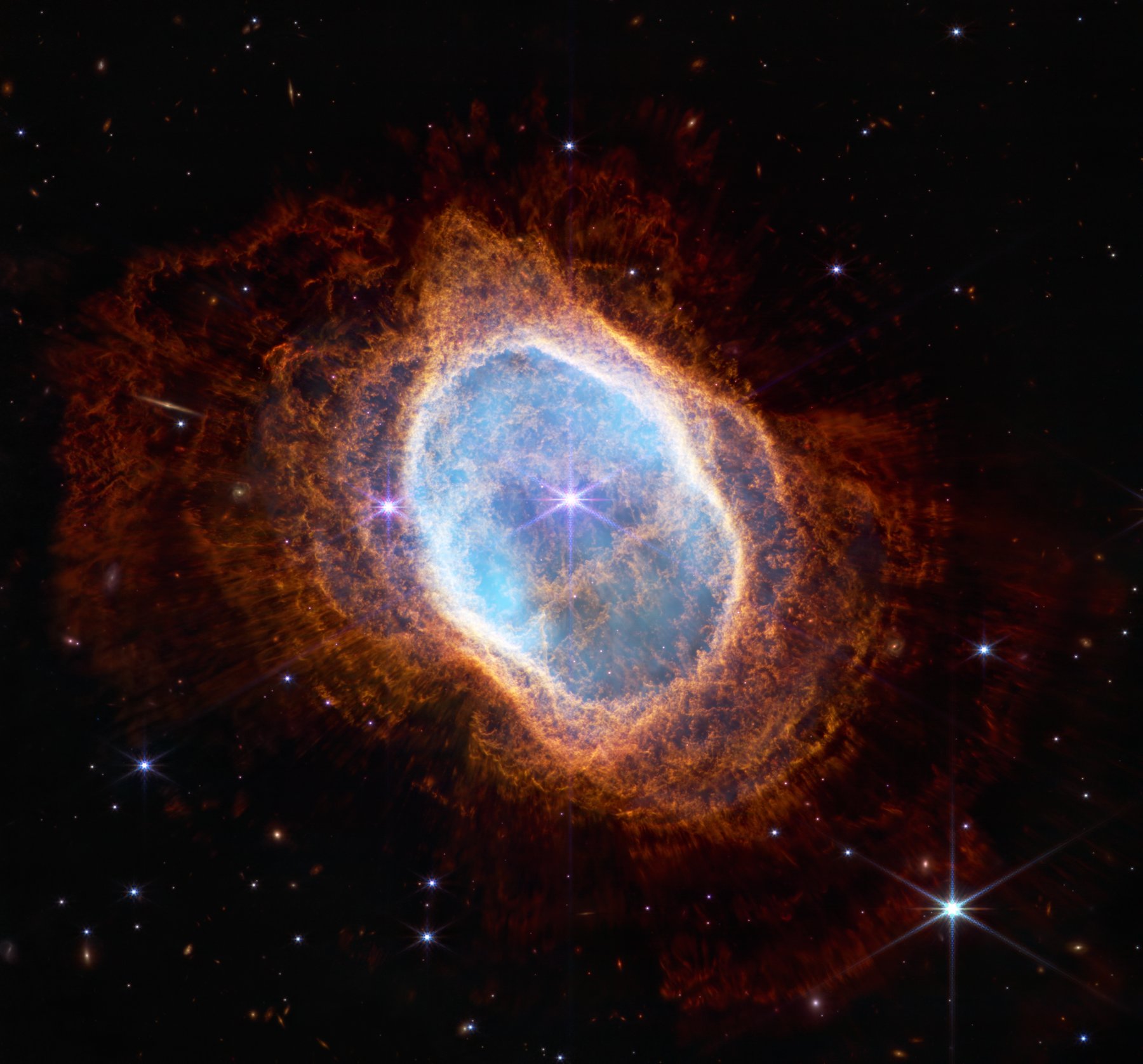The first anticipated pictures from the revolutionary James Webb Space Telescope were released on Tuesday by a group of NASA scientists. The world was not let down by anything, from a complete infrared view of the far-off cosmos to a brilliant image of the Carina Nebula. Earthlings not only saw breathtaking photographs, but also a preview of the kind of research JWST will be doing as it probes the cosmos in search of habitable exoplanets.
In fact, scientists have made the most precise measurements of an exoplanet’s atmosphere outside of our solar system too far, and it seems that the planet’s atmosphere has signs of water, haze, and clouds that weren’t previously known. The detected exoplanet in question is known as WASP-96b, and it is one of the more than 5,000 planets outside of our solar system that has been discovered in the Milky Way galaxy too far.
Exoplanets, or planets in other solar systems, are very difficult to view since they are so much smaller and fainter than stars, making it difficult to catalog and find them. The first exoplanet wasn’t discovered until 1992, therefore any science fiction is written before then that included people traveling to distant worlds was based on conjecture.
Nearly 1,150 light-years distant in the constellation of the Phoenix, the exoplanet WASP-96b was originally identified by astronomers in 2014. There isn’t a planet like it in the solar system of Earth, making it a quite unique exoplanet. For instance, WASP-96b revolves around its star once every 3.4 days, therefore its temperature is typically approximately 1,000 degrees Fahrenheit. (By contrast, Mercury, the planet that lies nearest to our sun, completes one orbit every 88 days. Additionally, there are no gas giants in our solar system that are near the sun.)
WASP-96 b is a gas planet circling our Sun that is “far puffier” than any planet in our solar system while being less than half the size of Jupiter (but having a diameter 1.2 times bigger than Jupiter).
Unusually, the JWST got highly accurate measurements of the exoplanet from only 6.4 hours of observation, which amazingly showed a definite signal of water as well as signs of haze and clouds. Previous WASP-96b research failed to find these markers.
The Near-Infrared Imager and Slitless Spectrograph (NIRISS) on JWST monitored the exoplanet’s light as it passed past its star, producing the measurements, which are the most thorough of their type. Between 0.6 and 2.8 microns, the light curve revealed a variation in brightness and unique infrared light wavelengths.
In an email to Salon, former Harvard University astronomy department head Avi Loeb said that the object “transits in front of its star from our viewing point every three and a half days, enabling a tiny percentage of the star’s light to pass through its atmosphere and disclose its composition.” Such observations aid in our understanding of the formation of the solar system’s gas giants.
The results supported some of the knowledge that scientists previously had about WASP-96b, including its size, orbit, and very existence. However, as was already said, it also exposed a hidden, albeit somewhat familiar, atmosphere, one with an “unambiguous signature of water, signs of haze, and evidence of clouds that were supposed to not exist based on past observations,” as NASA described.
Does it imply that there may be life on this exoplanet? After all, water is seen as a crucial indicator of extraterrestrial life. Because they do not have a thin atmosphere sitting on a hard surface as Earth does, such planets are not believed to be home to life, according to Loeb. “Life as we know it is believed to have been created by the interaction of liquid water and a solid surface.”
However, the data provide a glimpse into the potential accuracy and timeliness of JWST’s mission to scan the atmospheres of Earth-like exoplanets. As has already been mentioned, JWST may even be able to detect industrial pollution on extraterrestrial planets, exposing advanced alien civilizations, whether extinct or still in existence.
In order to “measure atmospheric water vapor, limit the abundance of different components such as carbon and oxygen, and estimate atmospheric temperature with depth,” NASA says the next phase for JWST is. According to NASA, “they may utilize this information to draw conclusions about the general composition of the planet, as well as how, when, and where it originated.”
Source: Salon

